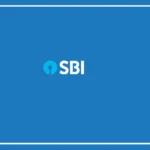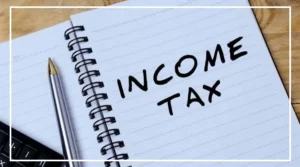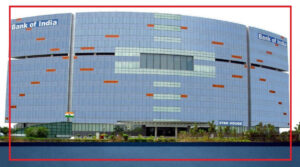It’s important to begin tax planning at the start of the financial year, not just at the end. Financial planners suggest exploring options like the Public Provident Fund (PPF),
National Pension System (NPS), Sukanya Samriddhi Yojana (SSY), Equity Linked Savings Scheme (ELSS)
Monthly SIP, Employees Provident Fund (EPF), Tax Saving Fixed Deposits (FDs), and life insurance premiums for effective tax management.
Options for Tax Saving Fixed Deposits (FDs)
For those with a low risk tolerance or in lower tax brackets, tax-saving FDs can be a good choice.
Remember, your money will be locked in for five years. You should compare interest rates from different banks to find the best option.
The rates are compounded quarterly. Data from BankBazaar.com as of June 26, 2014, shows the following rates:
Axis Bank, HDFC Bank, and ICICI Bank offer 7% interest. Investing Rs 1.5 lakh will grow to Rs 2.12 lakh over five years.
Canara Bank offers 6.70% interest. Rs 1.5 lakh invested will grow to Rs 2.09 lakh in five years.
Bank of Baroda, Punjab National Bank, State Bank of India, and Union Bank of India offer 6.5% interest. Rs 1.5 lakh will grow to Rs 2.07 lakh in five years.
Indian Bank offers 6.25% interest. Investing Rs 1.5 lakh will grow to Rs 2.05 lakh in five years.
Bank of India offers 6% interest. Rs 1.5 lakh will grow to Rs 2.02 lakh in five years.
The Deposit Insurance and Credit Guarantee Corporation (DICGC), a subsidiary of the Reserve Bank of India (RBI), also provides fixed returns on FDs up to Rs 5 lakh.
























